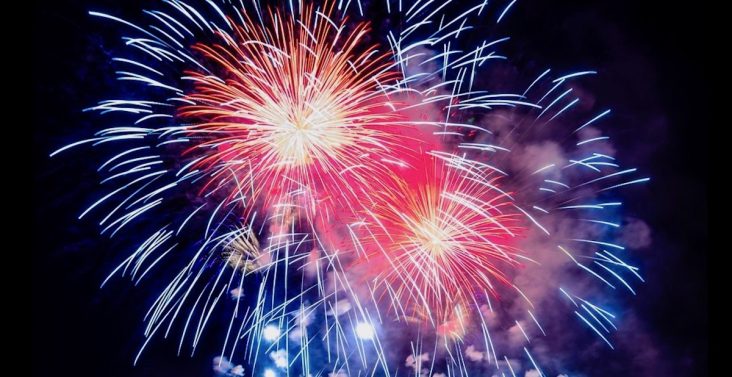July 4 spending estimated to increase more than 21%
by June 22, 2023 4:40 pm 1,202 views

(photo courtesy of content partner KFSM5 News)
Inflation pressures aren’t expected to curtail July 4th spending. The National Retail Federation (NRF) predicts spending will be $9.5 billion, up 21.7% from $7.8 billion last year. The increase, if realized, comes from more people celebrating and higher overall prices.
Average spending, according to the NRF, is $93.34 and will mostly be on food items and alcohol, which is up from an $84 average last year.
Numerator reports more consumers are celebrating this year but noted that 75% will look for ways to save money as gasoline prices are again above $3 per gallon.
Almost half of consumers surveyed by Numerator expect inflation to impact their July 4th plans, with 52% saying they will buy items that are on sale. One-third will stick to budget-friendly foods, and 27% will use coupons and shop dollar or discount stores. The survey found 16% will trade down to cheaper brands, and 11% will buy fewer items, with 9% saying they plan to travel less.
Numerator reports 60% of households plan to watch fireworks shows, 58% will be grilling and 46% plan on attending or hosting a gathering. The survey found each of these ways to celebrate saw increased participation this year compared to the 2022 report.
About half of the consumers said they plan to buy alcoholic beverages and 94% said they will make food purchases, while just 22% plan to spend on holiday decorations or non-essential items.
Numerator expects classic holiday cookouts will lead to a spike in the sales of beef for burgers that jumped 62% last year around July 4. Vegetable tray and mixed fresh vegetable sales rose 28% last year, and potato chip sales were up 19%. Each of these food categories have seen prices rise from a year ago, with overall food inflation up 6.7% in May, according to the U.S. Bureau of Labor Statistics (BLS).
Beer is the top alcoholic beverage choice for the Independence Day celebrations. Numerator said 68% plan to purchase beer, up from 62% last year. About one-third said they plan to purchase wine or ready-to-drink cocktails or spirits. Retail beer prices are up 6% year over year, while the prices of spirits are up about 2%, according to the BLS.
BLS reports beer prices are up 102% since 2000, and beer makers report strong profits and steady demand, signaling consumers have been willing to absorb the higher prices.
Numerator reports 75% of consumers said they expect rising prices to impact their July 4 spending. One-third said they expect a slight impact from inflation, 23% expect a moderate impact, and one in five said they expect a significant impact.
“Today’s economy is a lot like looking into a kaleidoscope, with the view changing and the data providing a different reflection of what’s happening every time you look,” said NRF Chief Economist Jack Kleinhenz. “Depending on which data you view in the economic kaleidoscope, you get two different angles on the state of the consumer. While survey data shows consumers do not have much confidence in the economy, actual spending data shows they were upbeat as the second quarter kicked off.”
